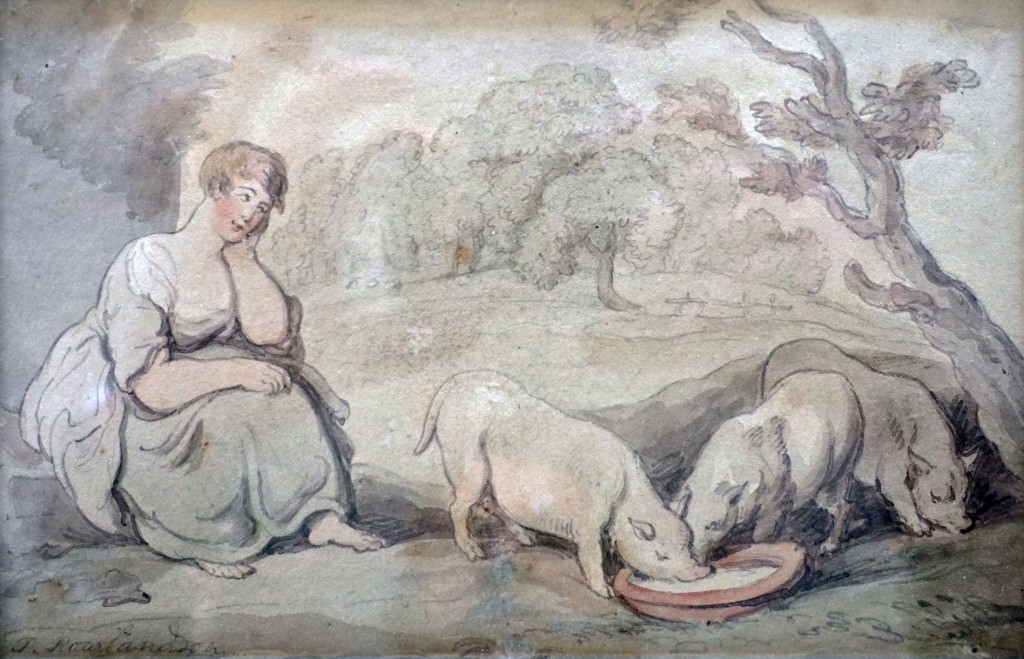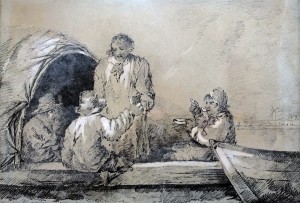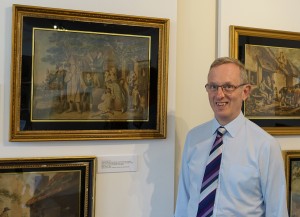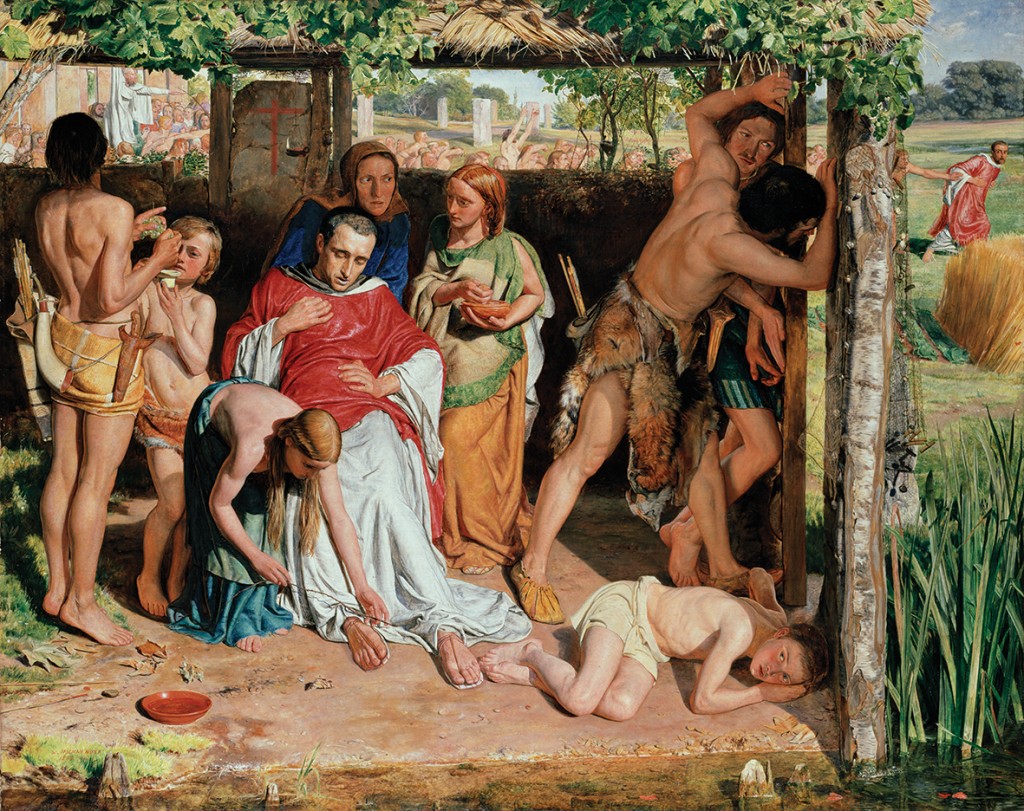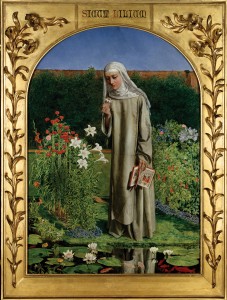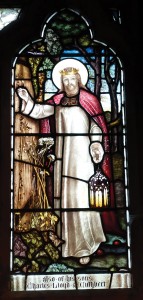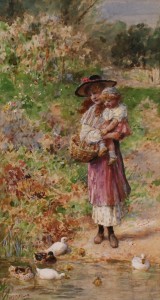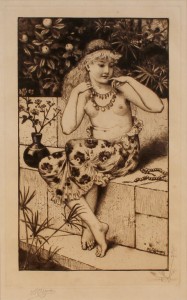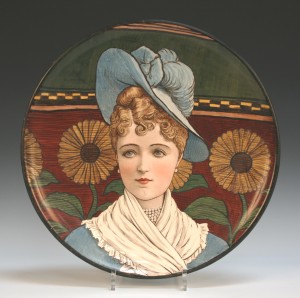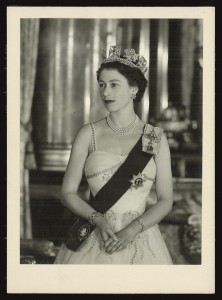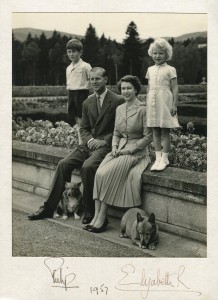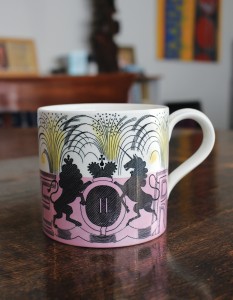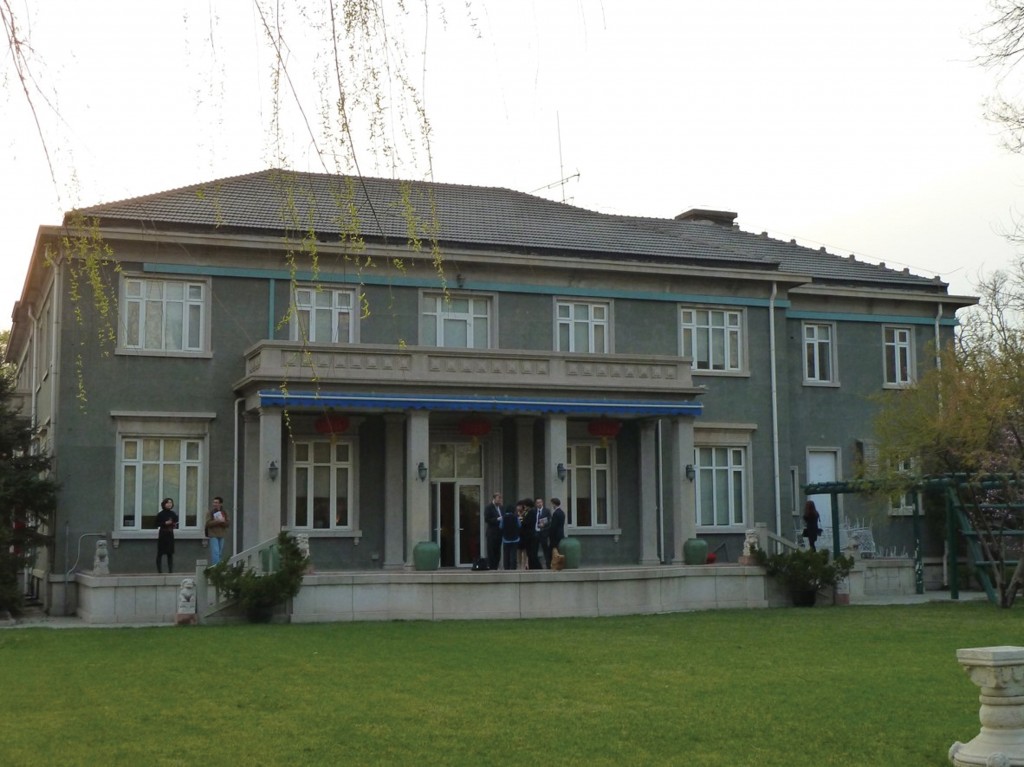
The thing which never ceases to surprise me about doing business with the Chinese, in mainland China and here in the UK, is the phenomenal speed with which this creative and dynamic nation are adapting and changing in order to do business in the global economy.
In 2013 Toovey’s, together with a group of the UK’s leading regional auctioneers, formed the Association of Accredited Auctioneers (AAA) and were invited to China to form an exclusive working relationship with Epai Live, China’s largest mainland online auction platform for the marketing of art and antiques. The introduction of British auction practice and ethics was seen as an important part of this relationship in Beijing.
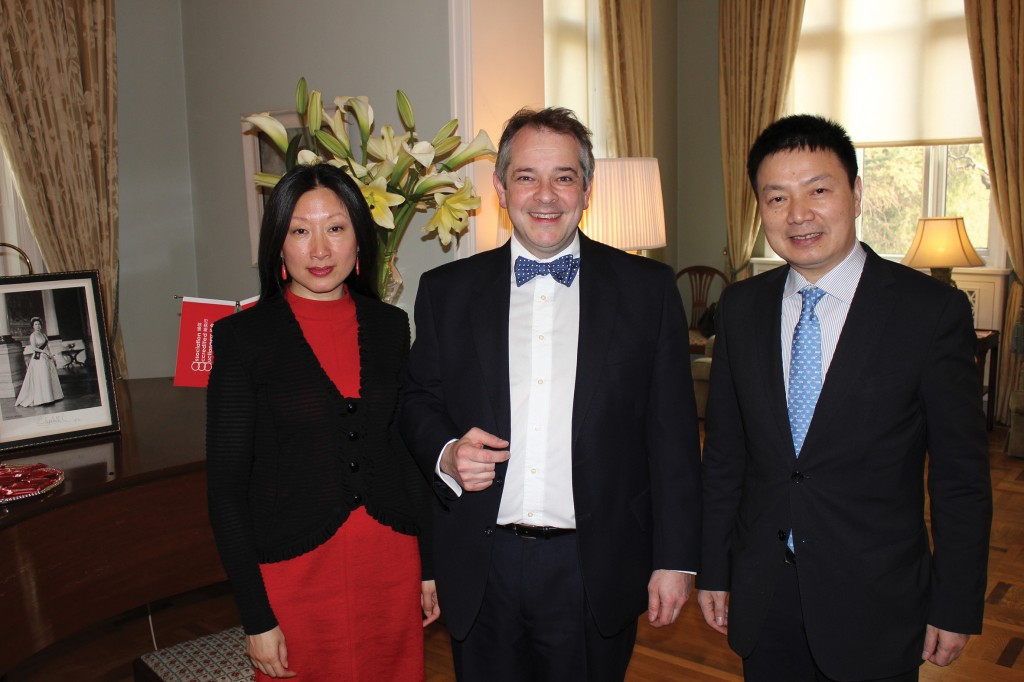
The British Embassy hosted the launch of this agreement which was signed by the Epai Live Chief Executive, Dr Qi Qi Jiang and attracted much attention in the Chinese media.
A series of promotional lectures have established relationships with mainland collectors and the emerging aspirational professional class. Working with Epai Live continues to allow Toovey’s to overcome the obstacle of the Chinese internet firewall in order to market directly to Chinese mainland collectors.
There have been extraordinary developments in this market with an increasing connoisseurship evident amongst Chinese mainland collectors and specialist dealers. This rapid maturing of this is enormously important to the long term health of this market. The strength of demand has to date shown no signs of abating.
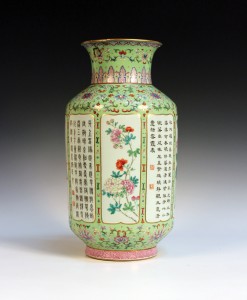
Demand from China has had a profound effect on collectors’ markets. Together with India, China looks set to recover its historic economic position. Between 1500 and 1850 AD China and India accounted for between 50% and 60% of the World’s GDP. Britain has the most varied and largest art and antiques market in the European Union, and the third largest internationally next to the US and China. Tom Rowsell, head of the specialist Chinese and Oriental sales at Toovey’s commented “In a few short years China has established itself as the world’s largest antiques market. The new super-rich Chinese elite have the money and the desire to dominate the market. Many of the strongest results in the UK are in the regions. Take for example the Chinese famille rose and pea green ground vase dating from the reign of the Emperor Qianlong which realised £520,000 at Toovey’s. It was sold to a Chinese mainland collector.”
Many areas of China’s economic activity appear to be slowing but their desire to acquire Chinese and increasingly European art and antiques remains undiminished – a trend which looks set to continue in this maturing sector of the collectors’ market.
Tom Rowsell concludes “Toovey’s have specialised in Chinese porcelain and works of art for almost twenty years, with a long standing Chinese client base. But we are continuing to successfully build relationships with new, emerging Chinese mainland collectors through our business activities out there, working with China’s leading collectors’ internet platform EpaiLive.”
Exciting times in this maturing international market!
By Revd. Rupert Toovey. Originally published on 21st October 2015 in the West Sussex Gazette.
